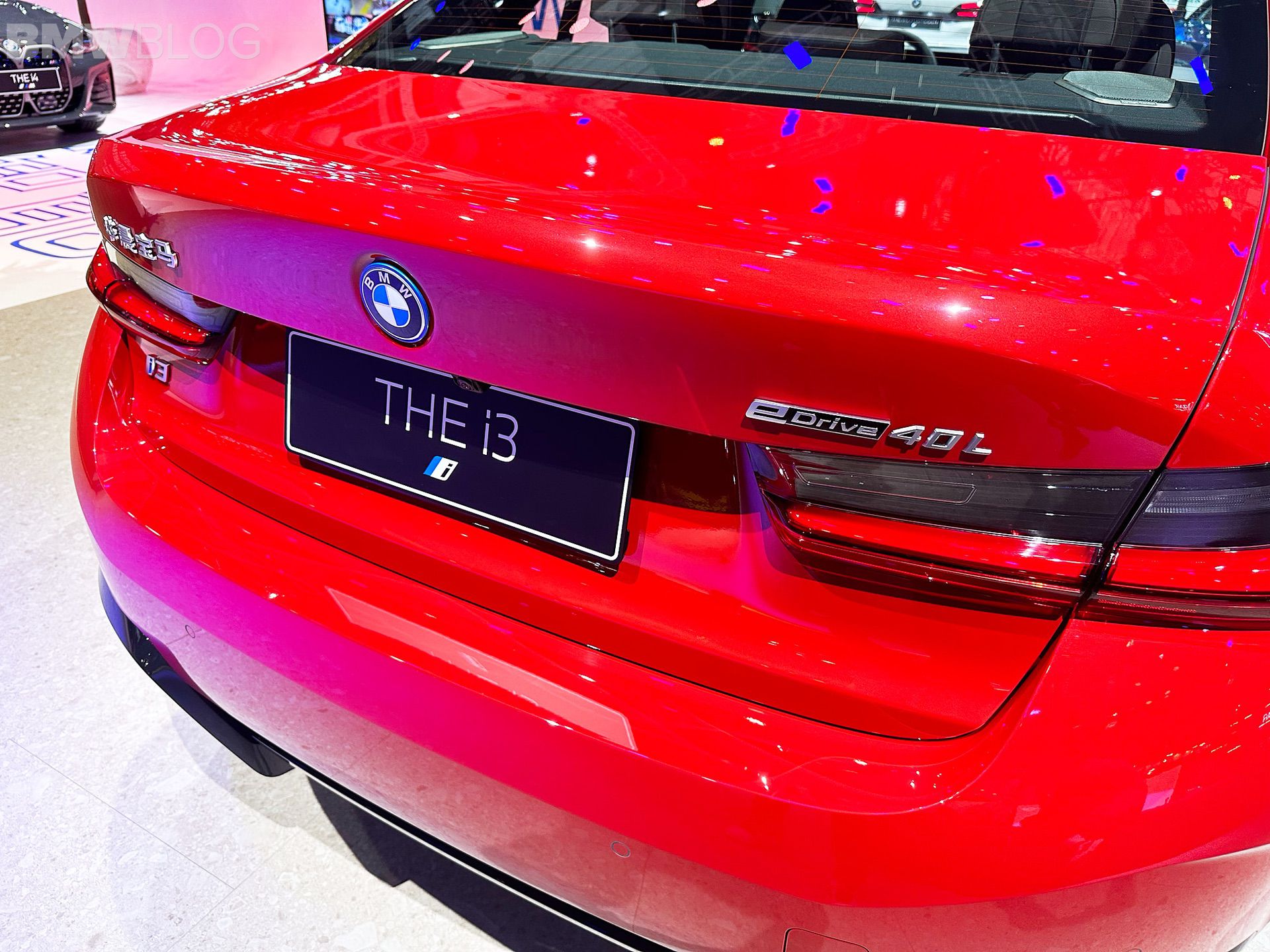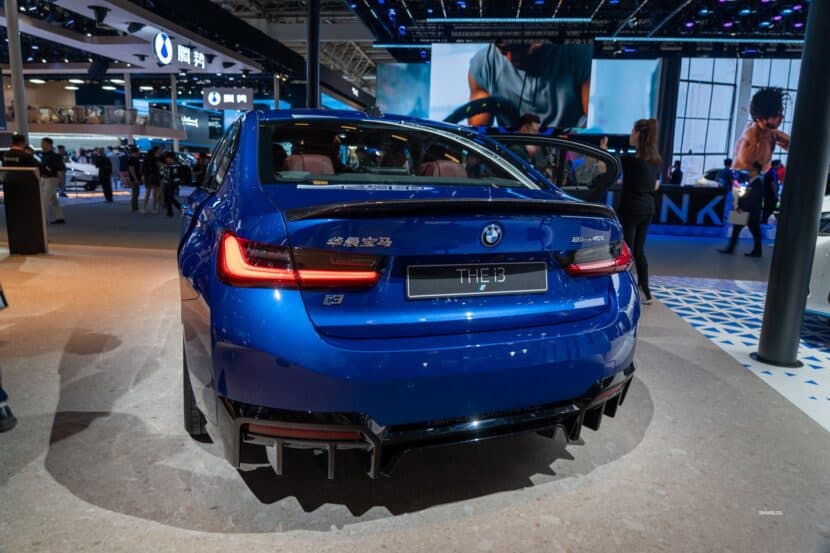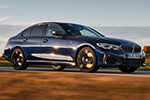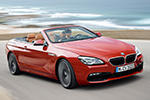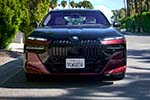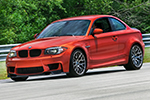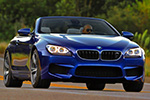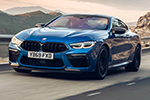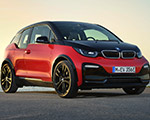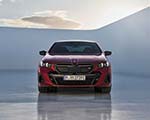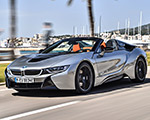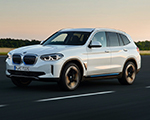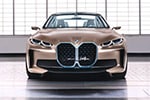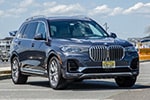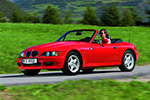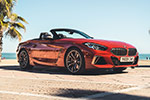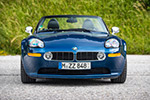Chinese cars have evolved from being the laughingstock of the industry to becoming worthy adversaries for legacy brands. And BMW probably knows that better than anyone. Looking at the sales numbers, it’s safe to say the company isn’t doing great in China. Last year, deliveries fell 13% to 715,200 units, causing the share in global deliveries to drop from 32.3% to 29.2%. Despite the slump, China remained the brand’s largest individual market. However, the first half of 2025 hasn’t been any better. Through June, demand dropped 15.5% to 318,125 cars.
The silver lining for BMW is that it can partially offset the decline in China with stronger sales in Europe. Since 2022, deliveries on the Continent have steadily increased, reaching 948,500 units last year. 2025 is shaping up to be another strong year, with half-year results showing an 8.2% jump to 498,670 cars. With these numbers, it’s no surprise the company’s sales boss isn’t too worried about competition from Chinese automakers in Europe.
Jochen Goller told Autocar that low prices and EV incentives drive the growth of Chinese car companies locally. However, he believes these newcomers won’t achieve the same success in Europe because taxes and tariffs will push their prices higher.
Beyond higher prices, Goller also pointed out that customer preferences differ. Chinese buyers want “smartphones on wheels,” whereas Europeans aren’t as focused on digitalization. Nevertheless, the new iDrive X infotainment shows BMW is leaning heavily into tech-laden cars to lure in Chinese buyers.
BMW is far from ignoring the meteoric rise of Chinese brands. As a member of the Board of Management responsible for Customer, Brands, and Sales, Goller drew parallels between the rise of Chinese automakers and how Japanese and later Korean brands gradually captured market share. He made clear BMW isn’t underestimating the challenge:
“Of course, they will occupy a certain market share; whether it’s 10% or 15%, it will happen. We definitely don’t take the Chinese lightly: they build good cars. There are no bad cars in China.”
So how is BMW fighting back in the world’s largest car market? By rolling out region-specific products. The Neue Klasse era will begin next year with a long-wheelbase iX3 “NA6,” already teased, followed by an i3 “NA8.” The latter will replace the car featured here. It’s a long-wheelbase, CLAR-based electric 3 Series Sedan “G28” sold in China since 2022, when the global i3 hatchback was dropped.
BMW is even designing these China-focused products locally at the new Designworks Shanghai Studio, allowing for greater differentiation beyond just a stretched wheelbase. The firm is still betting on LWB models for the local market, as rear legroom remains a key priority for buyers.
Source: Autocar (subscription required)


